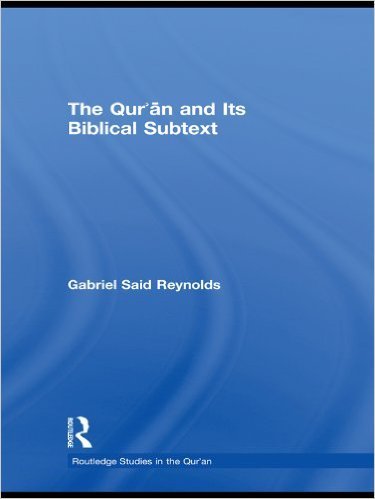What do you think?
Rate this book


317 pages, Kindle Edition
First published January 1, 2010
«یَومَ نَطْویٖ السَّماءَ کَطَیِّ السِّجِلِّ لِلکُتُب.»
انبیاء: ۱۰۴
روزی که آسمان را همچون «سِجِلّ» در هم بپیچیم.
سَدی گفت: «سجل» نام فرشتهایست [که طومار اعمال را در هم میپیچد.]
دیگران گفتهاند: «سجل» نام کاتب پیامبر بود [که طومارها را در هم میپیچید.]
«یا بُشریٰ، هٰذا غُلام.»
یوسف: ۱۹
ای «بشریٰ» یک پسر!
سَدی گفت: وقتی کسی که دلو انداخته بود یوسف را دید، یکی از دوستانش که نامش «بُشری» بود را صدا زد و گفت: «ای بشری، یک پسر!»
«أمطَرْنا عَلَیها حِجارَةً مِنْ سِجّيلٍ.»
هود: ۸۲
بر آن شهر سنگهایی از «سجّیل» باراندیم.
ابنزید گفت: «سِجّیل» نام پایینترین آسمان است و خدا از آن جا بر قوم لوط سنگ باراند.
«مَن حَجَّ البیت.»
بقره: ۱۵۸
هر کس کعبه را «حج» کند.
هر کسی که زیاد نزد چیزی تردد کند، میگویند او نسبت به آن چیز «حجکننده» است. و به عمل حاجیها میگویند «حج»، به خاطر آن که ابتدا نزد کعبه میروند، سپس روز قربانی دوباره برای طواف برمیگردند، بعد دوباره برای طواف صدر برمیگردند، پس به خاطر این که زیاد نزد کعبه تردّد میکنند به عملشان حج گفته میشود.
یهودیها به زیارت سالانهٔ معبد اورشلیم میگفتند: حج.
درآمدی بر عهد عتیق
مایکل کوگان
برخی منتقدان عهد جدید میگویند: متی و لوقا در حقیقت با در پیش گذاشتن قدیمیترین منبع، یعنی انجیل مرقس، به صورت آزاد شروع به داستانپردازی حول آن کردند و روایت خود را آفریدند. اما آیا کسی جرئت داشت که این همه در یک متن مقدس دست ببرد؟
این منتقدان به رویۀ دیرین یهودیان به نام «میدراش» یا بداهه گویی آزاد پیرامون مضامین مقدس استناد میکنند، رویهای که مسلماً در ورای تدوین بسیاری از حکایات عهد عتیق آرمیده است و میرساند که متی و لوقا به عنوان دو مسیحی متدین و آشنا به سنت یهود، بی تردید خود را آزاد دیدهاند که دربارۀ عیسی نیز بدیههنویسی کنند.
عیسی
هامفری کارپنتر